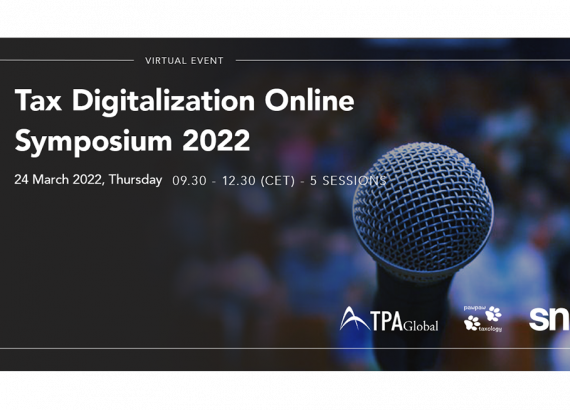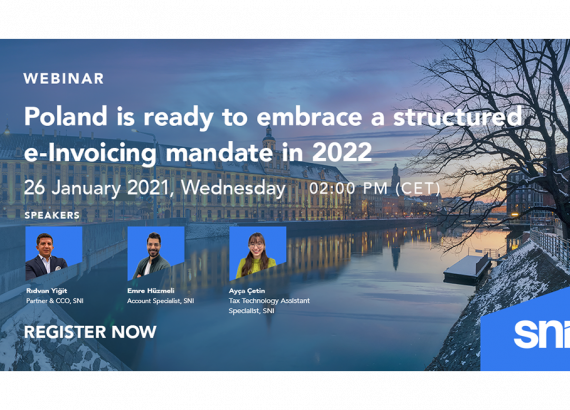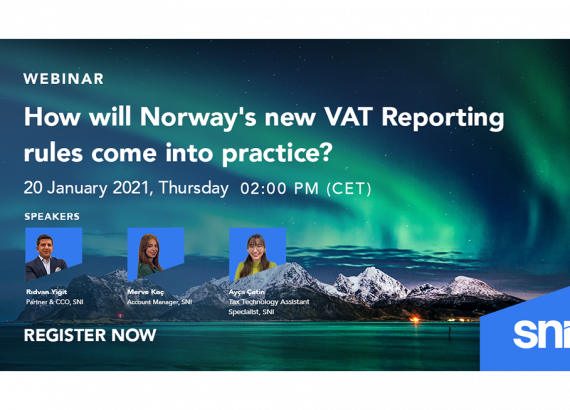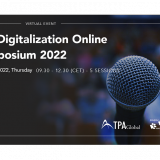End of MTD soft-landing period in April 2021

From April 2021, UK VAT taxpayers covered by MTD requirements will have to adapt their systems to the digital links requirement.
The so-called “soft landing period” will remain until 31 March 2021 . During that period VAT taxpayers do not need digital links in place when transferring VAT data between different systems or applications. Therefore, for about three more months it is permitted to use manual intervention in the VAT reporting process. In particular, the “cut-and-paste” method is recognized as acceptable by HMRC.
However, as mentioned, for the reporting periods starting on 1 April 2021, UK businesses will have to use digital links to transfer relevant VAT data.
Therefore, it is worth starting to prepare for the upcoming requirement right now.

Transferring VAT data using digital links.
The data on the basis of which the UK VAT return is prepared have to be stored digitally. That is one of the main MTD requirements and has been in place since the introduction of MTD in 2019. Pieces of information that need to be digitally kept include, among others, time of supply, net value of the supply, VAT rate charged, and input VAT to be claimed.
Keeping and archiving digital records seems to be relatively easy, and most taxpayers rely on some kind of ERP system to meet this obligation. However, “raw” VAT data is not sufficient for the VAT return. Some calculations are performed, for example, in spreadsheets. Final VAT figures are often manually input into the so-called bridging software, which submits VAT returns using API to HMRC.
Unfortunately, as of April 2021 the above-mentioned scenario will no longer be allowed. Any transfer of VAT-relevant data (such as those between the ERP and spreadsheets and bridging software) will have to be done using digital link. This means without manual intervention, and in particular without resorting to copying and pasting.
According to the HMRC MTD guidelines, a digital link is one where a transfer or exchange of data is made, or can be made, electronically between software programs, products and applications. That is without involvement or need for manual intervention.
Therefore, in practice, whole process of VAT return preparation (including the submission of return to HMRC) should be done using digital links. HMRC calls it a “digital journey”.
Examples of links which, according to HMRC explanations, might be recognized as digital links, include spreadsheet formula, XML/CSV import and export, and API transfer.
MTD – next steps
Currently, only-VAT registered taxpayers with turnover above GPB 85,000 are covered by MTD for VAT obligations. However, it is planned that as of April 2022 all VAT taxpayers will be obliged to follow MTD for VAT.
MTD is not only a VAT concept. In particular, some MTD obligations for income tax will apply as well. Recently HMRC published a consultation document about the approach for corporation tax. The pilot phase is planned for April 2024. Potential mandatory MTD for corporation tax will come into force in 2026.












